Top 20 NFL Sooners, No. 5: Roy Williams
In the past 20 years, the Oklahoma Sooners have experienced arguably their most productive era ever in the NFL Draft.
From the 2000 to 2019 drafts — the entirety of the Bob Stoops and Lincoln Riley years — OU has had 95 players drafted.
Using today’s 7-round comparison, that’s more than any other two-decade era in school history. In the 1970s and ‘80s, OU had 131 players drafted, but only 88 were selected in the first seven rounds.
In the last 20 years, the Sooners have produced some historically good players. Every day leading up to this year’s NFL Draft (Thursday, Friday and Saturday), SI Sooners presents the Top 20 NFL Sooners of the last 20 years.
———
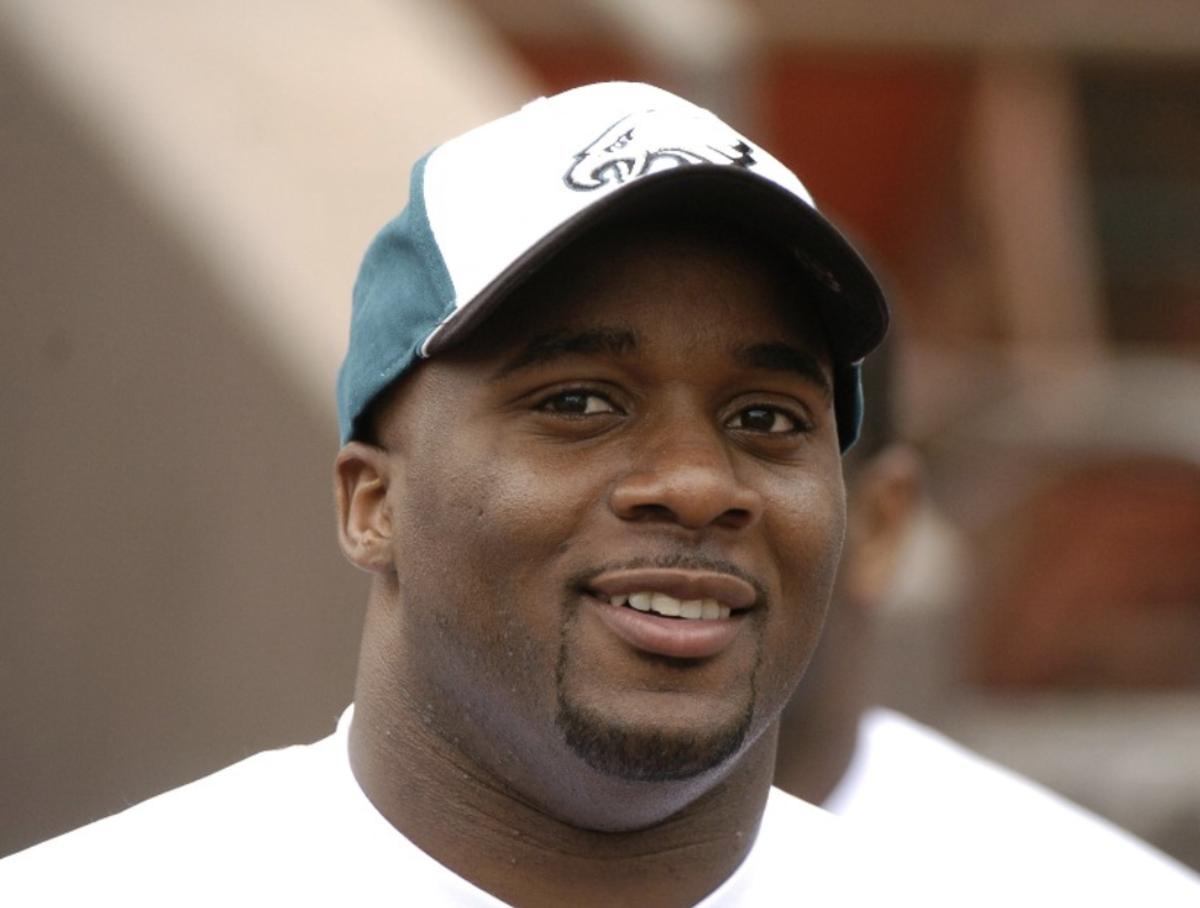
Growing up in Northern California, Roy Williams didn’t know much about Oklahoma.
His grandfather lived in Oklahoma. His mom was from Guthrie. And other than an aunt that worked on campus, he knew almost nothing about OU.
Then, as a junior in high school, he saw the movie “Twister” and his perspective on Oklahoma changed — dramatically.
“We had a family reunion here in Oklahoma,” Williams said. “I remember we went to go see the movie “Twister,” and I swear, I thought every cloud was a lowering wall cloud and I was freaking out. Being a California kid, you’re not used to that.”
Soon enough, Williams learned more and more about the Sooner State — the reality of it, anyway — and about the Sooners. As a promising young football star at Logan High School in the Bay Area community of Union City, his name got around quickly.
Williams powered through an inauspicious beginning to become a legend at Oklahoma, one of the best defensive players in the history of the program, and he plied that into a nine-year career in professional football, where he became a five-time Pro Bowl safety with the Dallas Cowboys.
Roy Williams loved football, and the game loved him back.
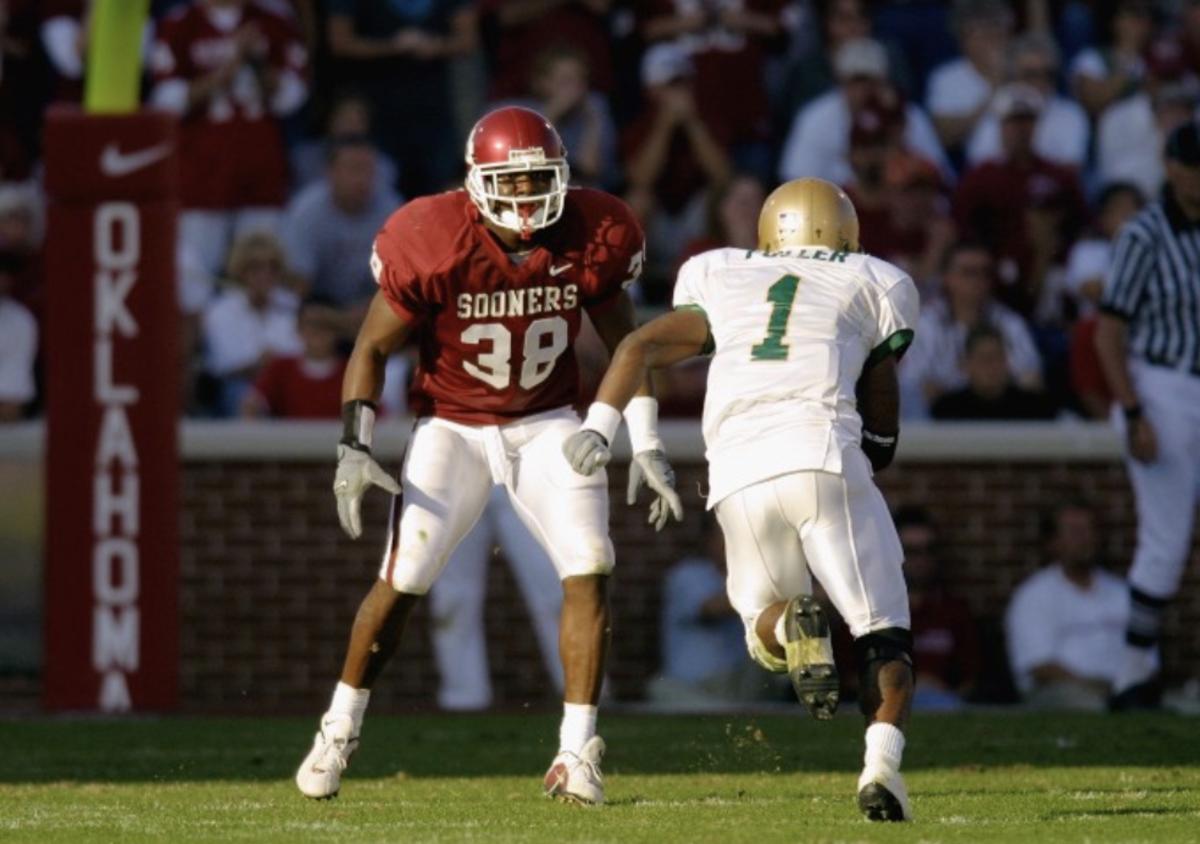
“I enjoyed it,” Williams told SI Sooners. “I truly always had a smile on my face and had fun. I never talked back, I just enjoyed it. I appreciated the moments that I had. I mean, it was a quick nine years, but it was a blessing, dude.”
Other events happened during his junior year to set Williams on his path. The yearbook staff asked the juniors where they saw themselves in five years, and Williams’ reply was impossibly accurate: playing for the Dallas Cowboys. Turns out, dreaming big was something Roy Williams was accustomed to.
“My dad’s from Texas, so I always wanted to be a Cowboy,” Williams said. “I used to always run around my parents’ house with a life preserver — I don’t know why we had a life preserver; we lived in the city — so I had a life preserver, then I put a Tony Dorsett jersey over it as if it was shoulder pads. I used to run into everything and then dive on my mom and dad’s bed as if it was the end zone. I mean, I thought I was Tony Dorsett. So yes, for sure, I always imagined myself playing for the Dallas Cowboys — not knowing my path would lead to Oklahoma.”
Williams originally committed to UCLA. But then-Bruins coach Bob Toledo told him to enjoy the recruiting process and take all his visits. Williams didn’t know that was even possible — and it was Toledo’s downfall.
When teammate and old pal Damien Mackey wrecked his knee in Logan’s final game, Stanford pulled its scholarship offer, Williams said. Williams figured the best way to get Mackey the opportunity he deserved was to form a package deal.
Williams wasn’t yet on Oklahoma’s radar, and vice versa, but that would soon change.
“My aunt at the time worked at the cafeteria at OU, and she mentioned it to (then-OU assistant coach) Joe Dickinson at the time,” Williams said. “And Joe D., like any college coach or recruiter or whatever, they always hear about somebody’s grandson, child, friend of a friend that’s good in football or whatever. He didn’t believe it. Then my aunt came back with a magazine that I was on the cover of, and that sparked his interest. Then we sent the highlight tapes in.”
Willams visited Cal, but he considered a learning disability might not make a good match for Cal’s “stringent” academics (“I just thought that was more than I could chew up at one time. Let’s just say that,” he said.) He visited Washington because it sounded cool. And he visited Oklahoma because Dickinson piqued his curiosity and Mackey got an offer, too.
Williams played quarterback, receiver and defensive back in high school, but at OU, John Blake and his staff pinned Williams as a safety.
“They threw me in the fire,” Williams said, “and I mean, it was a lot to process.”
He played three games during the 1998 season, but then sustained a freak back injury celebrating a hard hit on a kickoff in the final seconds of a 10-9 win over TCU.
“I ran off to our sideline, and I ran into (offensive lineman) Stockar McDougle and it just jolted me,” Williams said. “I had two stress fractures in my lower back.”
Williams immediately went to work to rehab the injury so he could get back that season, but senior Gana Joseph pulled him aside one day with some advice that changed his life.
“He said, ‘Hey Roy, I know you want to come back and play and you will do good,’” Williams said. “ ‘But you need to redshirt because there’s no promise that these coaches are gonna be here next year and you should have all four years with a brand new coach.’ So, me listening like I always did, I took his advice, I took the redshirt, and then the coaches get fired.”
That December, Bob Stoops was hired, and then Mike Stoops and Brent Venables, and during the 1999 season, that trio figured out how to modify Williams’ safety position so he could have maximum impact.
They even called it the Roy Back position.
“It’s crazy because I don’t even know at what point it changed into that,” Williams said. “… It was very prominent in the Texas A&M game when they brought me in as the extra ‘backer, nickel guy.
“I mean, there were so many things that pushed me to excel, to be better. I took it as a challenge, you know? It’s just like I wanted to master that because I wanted to be the best safety that he ever coached, coach Mike.”
Williams became a two-time All-American, won the Jim Thorpe Award as America’s best defensive back, the Bronko Nagurski Award as America’s best defensive player and finished seventh in the Heisman Trophy voting.
He declared early for the NFL Draft and was taken No. 8 overall by Dallas in 2002.
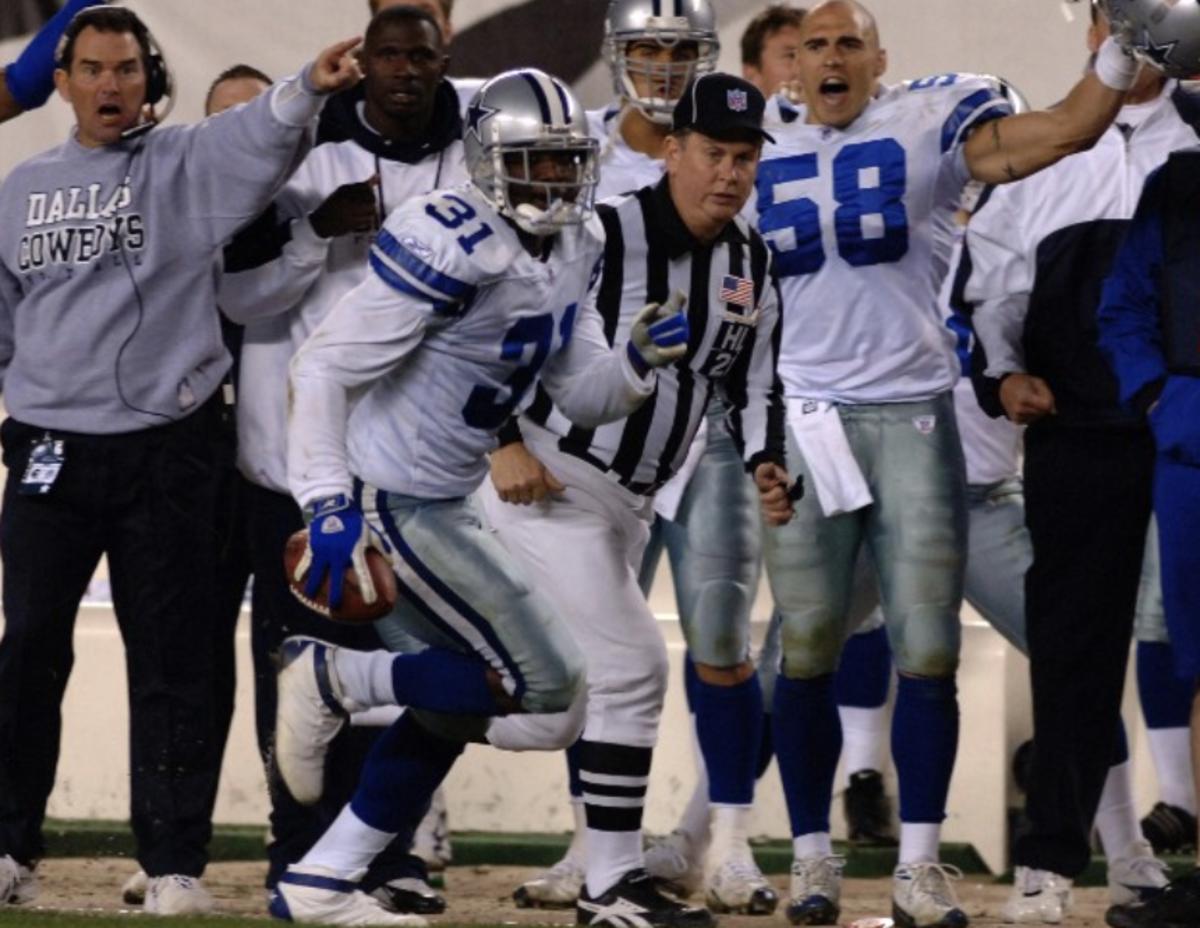
In Mike Zimmer’s 4-3 scheme, Williams was allowed to continue being aggressive near the line of scrimmage. He made the All-Rookie team in 2002, then Williams was named first-team All-Pro in 2003 and made the first of his five straight Pro Bowl appearances.
But even though Williams continued to have success, Bill Parcells’ arrival in 2003 altered the way Williams played.
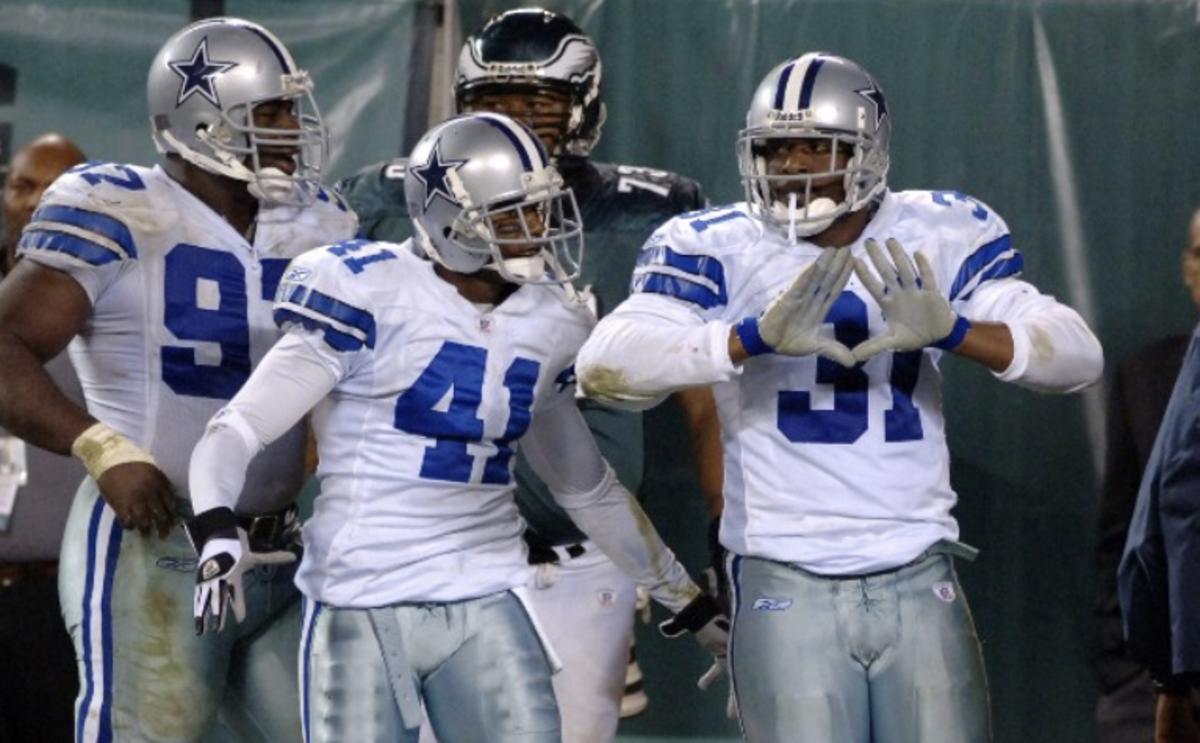
“Under Mike Zimmer, it was a mirror image of everything I was doing at Oklahoma in Dallas,” Williams said. “Then we had Parcells come and he was like, ‘Nope, you’re not gonna be a one-dimensional safety; we’re just gonna put you in the back. Cover 2, 14-by-2 — 14 yards deep, two yards outside the hash.’ So coach Parcells changed that. And I thought it sucked.
“Being somebody that likes to have contact and just be able to run around and have a good time … just let the chain loose and run around and go knock people out, I mean, I excelled at that.”
Williams never lost his ability to hit, compiling 596 total tackles and delivering 10 forced fumbles and 11 fumble recoveries in his career. He gained a reputation for struggling in coverage even though he finished his career with 20 interceptions — 19 in his first six years with Dallas — and 59 passes defensed.
Williams missed the Pro Bowl in 2008 when he played in just three games — after breaking his arm twice “trying to come back and show my loyalty and love to a damn team,” he said.
After spending several months promoting Jerry Jones’ new stadium for both the team and the City of Arlington, Williams was let go in March 2009, a move he called “probably one of the biggest heartbreaks for me. … I wanted to play in that new stadium.”
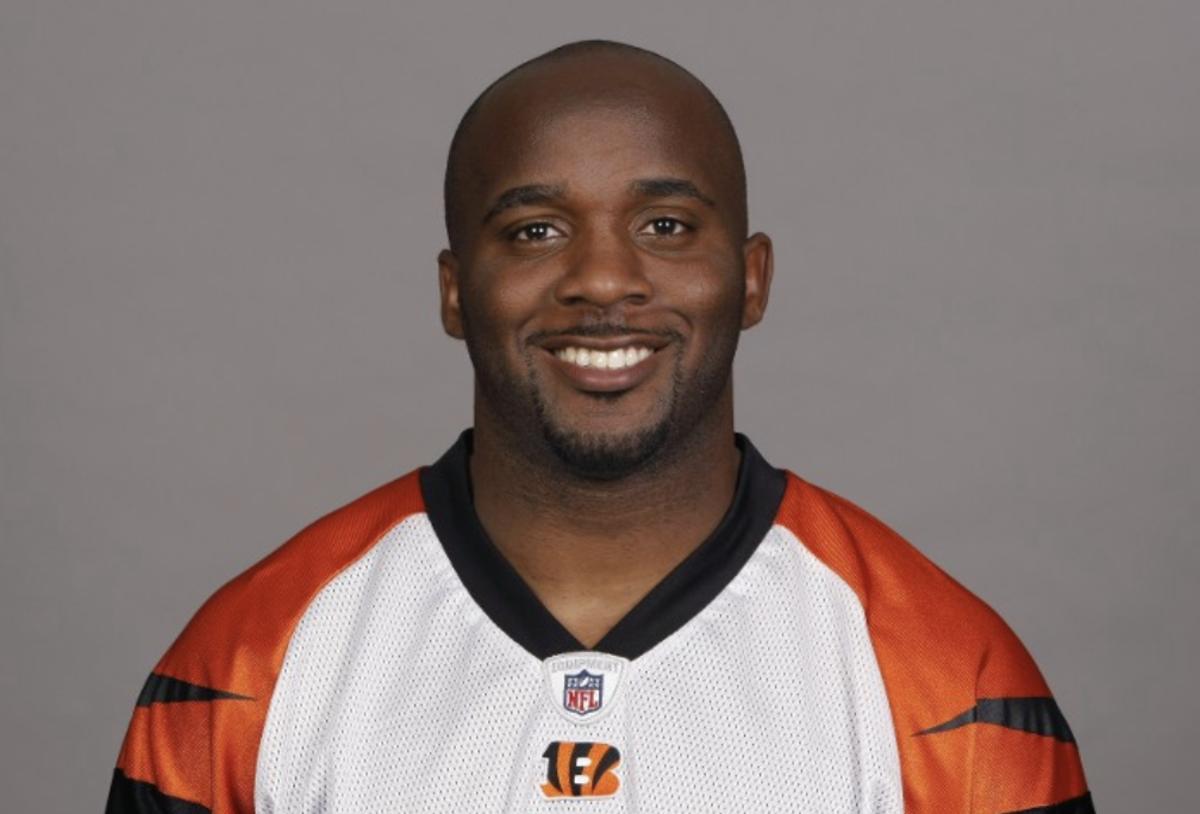
Instead, he played his last two seasons with the Cincinnati Bengals. Although he was reunited with Zimmer, Williams played in just four games in 2009 and 12 in 2010 due to injuries. Williams said he had two offers from West Coast teams in the AFC to play for the league minimum, but he declined those and retired.
He said the NFL’s implementation of the horsecollar tackle rule — nicknamed the “Roy Williams Rule” because of his tendency to take down runners from behind (one of which resulted in a broken leg for Eagles wideout Terrell Owens) — and the league’s progressive elimination of big hits told him it was time to retire.
“It wasn’t fun any more,” Williams said. “Like, ‘How can you tell me how to play this game?’ So that’s when I kind of knew.
“My biggest thing, I wanted to play 10 years but I got nine,” Williams said. “But when you look it all over again, it’s like, ‘Man, I got to play nine years the NFL.’ There’s no complaining on my part.”
Now Williams is married and a father of three. He lives in the Oklahoma City suburb of Edmond and owns four businesses — three in the security sector and one in environmental health.
Williams tries to stay out of the limelight these days, just like that night almost 20 years ago in Miami when he just wanted to go back to the locker room and rest his aching back as his Sooner teammates celebrated the program’s last national championship.
That was a good one, certainly, but his football memories are too numerous to pick one or two favorites — particularly in the NFL.
“It sounds cliche but honestly, every day was a great moment to be able to play in the NFL,” Williams said. “Because going back to my childhood, when I was talking about running around the house with a Tony Dorsett jersey as a kid — I was probably 6 years old doing that — so every day, every opportunity I got to play in front of millions of people worldwide, I was living out a dream. Every day I got to go into the locker room and laugh with my teammates and get to do something that I love and play the game I love on Sundays, there’s no reason not to be appreciative or happy about that.”
———
Our Top 20 list was chosen by five voters: SI Sooners publisher John Hoover, deputy editor Parker Thune, long-time OU fan and amateur Sooner historian Anthony Jumper, OU school of journalism student Caroline Grace, and OU history and stats expert Steven Smith (aka Blinkin Riley).
The criteria was simple: former Sooners who played at OU during the last 20 years and went on to an NFL career. The rest, i.e, their NFL career, was purely subjective. Players received 20 points for a first-place vote, 19 for second, etc., down to 1 point for 20th. A total of 28 players received votes.
———
To get the latest OU posts as they happen, join the SI Sooners Community by clicking “Follow” at the top right corner of the page (mobile users can click the notifications bell icon), and follow SI Sooners on Twitter @All_Sooners.
